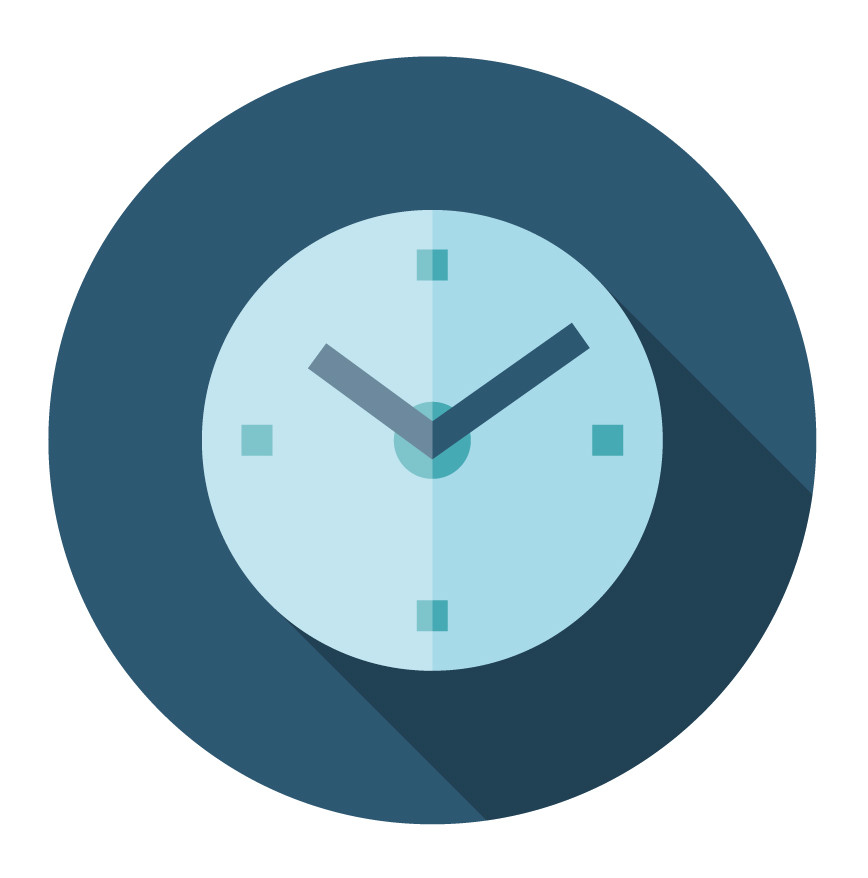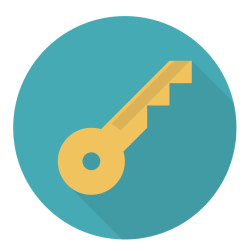Vision Therapy Programs
It’s crystal clear: Vision Therapy transforms lives.Vision therapy is a precise process utilizing cutting edge techniques and activities based on the latest neuroscience.
But don’t worry—it’s our job to boil all that science down into results. Our goal is to make vision therapy simple, comfortable and effective for you.
Your job is to engage in the journey and get ready for your life to change.
While we don’t ask patients to understand the logistics behind vision therapy programs, many are still curious about how it works.

There are a few things you might be wondering about vision therapy.
In order to fully grasp what vision therapy is, you have to understand functional vision – you can read about that here.
On this page, we’ll give a brief overview of the four stages of our vision therapy programs and the nuts and bolts of what it’s like to be a patient at Minnesota Vision Therapy Center.
Let’s dive in!

Vision therapy is a precise process utilizing cutting edge techniques and activities based on the latest neuroscience.
But don’t worry—it’s our job to boil all that science down into results. Our goal is to make vision therapy simple, comfortable and effective for you.
Your job is to engage in the journey and get ready for your life to change.
While we don’t ask patients to understand the logistics behind vision therapy programs, many are still curious about how it works.
The Four Stages of Our Vision Therapy Programs
Here are the four stages we move through as part of our proven process:

Stage 1: Building the Foundation
In vision therapy, the first step is to develop foundational skills. That means developing and refining gross motor skills using visually guided movements.
What makes us different: All of our programs incorporate Primitive Reflex activities. From gross motor to ocular motor, each stage of development is affected by the timely integration of primitive reflexes. When primitive reflexes haven’t integrated within the appropriate time frame, it is important to revisit the missing developmental stages. Few clinics tackle primitive reflexes, but they’re a big deal—and we’re experts.

Stage 2: Visual Input Skills
Next, we dive into functional vision skills. These include tracking (the way eyes move across a page), focusing (the ability to efficiently switch focus from near to far), and eye teaming (eyes that work together). In order to effectively read, catch a baseball, ride a bike, and do a host of other things, our eyes need to move, focus, and work together properly.
What makes us different: Our program utilizes Light Therapy (Syntonics) which is the use of specific frequencies of colored light to enhance visual efficiency and visual information processing. We are one of just a few clinics in the Upper Midwest to offer this life changing treatment. Our patients report improved visual-spatial awareness and improved coordination after completing the light therapy portion of their program.

Stage 3: Visual Processing
These skills include visual discrimination (such as reversing b’s and d’s), handwriting, and spatial awareness. Your brain knows the difference between a “b” and a “d,” but what if your eyes and brain aren’t communicating properly? That’s where visual processing skills come in—and it’s a reason why many people with functional vision problems end up with (often mis-) diagnoses of dyslexia and similar disorders. And trust us: The world is an easier place to live in when your eyes and brain are on the same page.

Stage 4: Visual Learning
We are built to learn visually. It’s simply the most effective of the five senses when it comes to learning, but when an individual struggles with a functional vision problem, that individual is forced to compensate by relying on a different, less effective sense (such as auditory, or listening-based learning). And while vision therapy is extremely effective at treating the root causes of functional vision problems, it can’t always change the fact that an individual has spent his or her whole life learning via an alternative, non-visual sense. Fortunately, we can teach visual learning. In fact, Minnesota Vision Therapy Center is the only clinic in the area that offers a program of this kind.
Nuts & Bolts
We pride ourselves on customization, designing comprehensive, individualized plans for each patient. That’s why an up-front evaluation is so essential. Even though all our plans are unique, we can still give you a general “heads up” on what to expect:

Frequency
Vision Therapy sessions are scheduled once per week for 50 minutes at a time. You’ll meet one-on-one with a board certified vision therapist.

Length
How long will you get to spend with us? That depends on your unique situation, but an average program lasts between 8 and 12 months. Remember: Vision therapy is designed to produce lifelong results, so it’s a small investment of time in the big scheme of things.

Your Role
Vision therapy is like other therapies: The appointments are critical, but unless you keep practicing at home, nothing’s going to change. With just 20 minutes per day of exercises, you can earn yourself a whole lifetime of increased productivity and freedom.

Start the journey
There’s only one way to find out if vision therapy could change your life. We offer in-depth evaluations to help set you on the right path.
